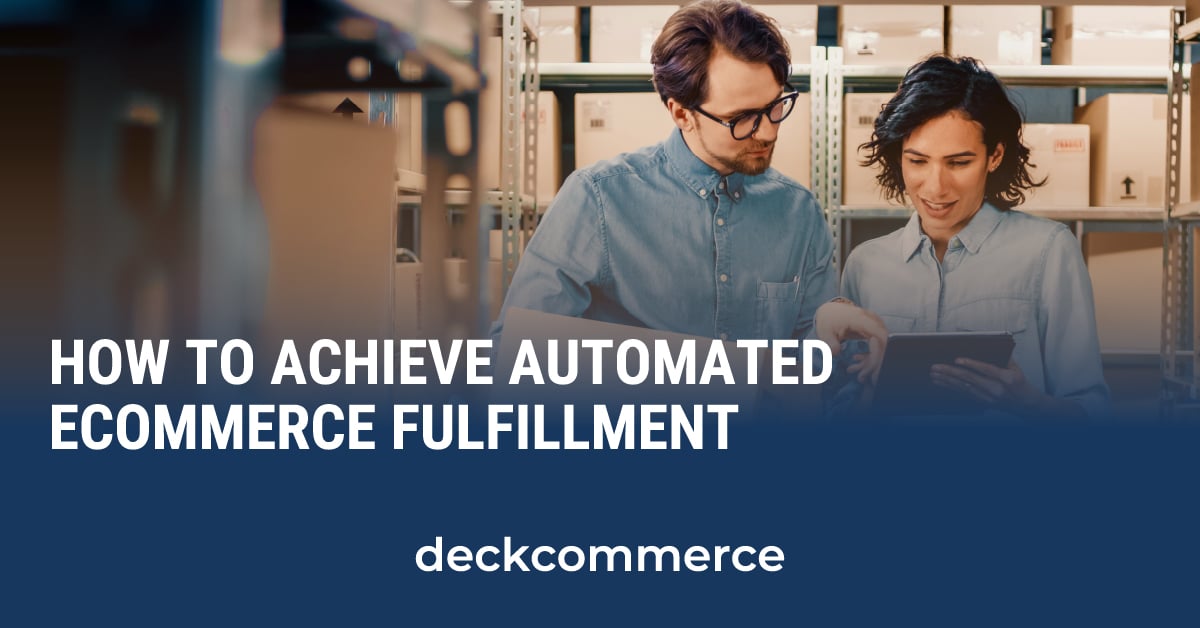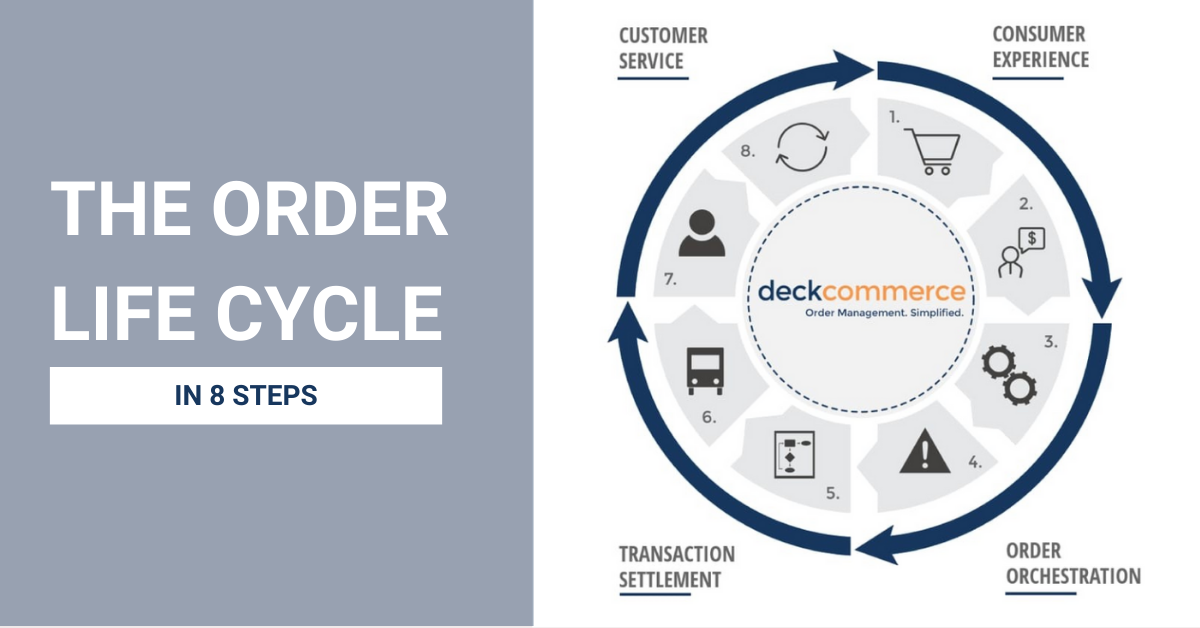
It’s a pain when a purchase doesn’t work out, but the customer shouldn’t feel pain during the returns process. This is a major opportunity for retailers to use their return policy as a competitive advantage, making it a clear and smooth experience for (hopefully repeat) customers.
No matter a product’s quality, returns are anticipated and don’t indicate failure. Here’s why returns are a good thing:
- They’re a chance for brands to learn what doesn’t work.
- They’re an opportunity for a one-to-one brand-customer interaction—possibly the first interaction, for online orders—that manages and elevates your brand’s perception.
- There’s the possibility of turning a return into an exchange or upsell.
See those words in bold? They all signal favorable circumstances.
Returns have their challenges, too, which we’ll get to, but let’s first talk about the state of returns in the United States.
Where do we stand with returns?
As customers, having to make a return can be a hassle, but that’s because we’ve done it before. It’s nothing new, and some of those adventures were, just, ugh.
In 2019, retail customers returned an average of 8.1% of purchased items. That number doubled in 2021: 16.6% of purchases were returned. And in 2023, retailers predict about 18% of holiday merchandise (or $158B) will be returned in January.
This jump is easily accounted for: We’re buying more online. Returns for online apparel purchases are only increasing, as you can’t account for fit or see the item in person.
Yay for shoppers—it’s fun to get an order in the mail!—but boo for retailers, who lost about $400 billion in sales due to returns in 2020 and had to restock $761 billion of merchandise in 2021.
And with retail, it’s estimated that 10% of returns are landfill-bound.
Challenges retailers face with returns
Some challenges are within retailers’ control, like returns policy restrictions and tracking RMA information. Others, like what consumers might publicly say about a negative returns experience, can be influenced by retailers having the right rules in place.
Let’s start there:
What business rules are set?
First—and perhaps obviously—you need to have rules around accepting, processing, and completing returns. A determined set of rules keeps employees knowledgable, all teams on the same page, and customers aware of their options.
Questions retailers should ask themselves when defining their policy:
- Can the product be restocked? That’s a big no for some items, like undergarments, which can’t be resold due to sanitary concerns and so are destroyed. Yet it isn’t as simple as putting a product back on the shelf: It has to be assessed, cleaned, repaired, etc.
- Is there a time-bound restriction? Will you allow returns for a certain number of days or indefinitely? Does it depend on the type of product? Kohl’s, for example, specifies that premium electronics and watches can be returned within 30 days, while beauty products have 60 days. Most Kohl’s merchandise can be returned up to 180 days after purchase, with or without the receipt.
- Is it worth the return fee? Big brands like Amazon and Walmart use AI to determine if it’s even financially wise to process a return: Sometimes it’s cheaper—like in the case of low-cost items or those that cost a lot to ship—for the brand to issue a refund and have the customer keep their unwanted purchase.
- Are return fees built into your pricing structure? The virtual stylist retailer Wantable includes a prepaid return bag in each box so subscribers can easily return, within five calendar days, the items that don’t work for them. The clothing subscription box Frank And Oak offers free returns, yet there’s a $25 fee for a fully returned box.
A manual returns process
A lot of retailers still use spreadsheets to inform their finance department, send emails back and forth with the warehouse, manually contact customers over email, etc.
This manual process can result in profit loss, too: lag time in apparel, for example, could mean restocked merchandise is, by then, highly discounted.
Returns have a lot of moving pieces
The process can be terribly detailed and inefficient. Just to mention some of the considerations being made:
- Return customer’s payment with the correct taxes and item-level proration
- Return loyalty points to prevent fraud
- Track return reasons, locations, and return merchandise authorization (RMA) information
- Trigger return communication, like emails and SMS, to send to the correct contacts
- Prevent refunds for invalid returns (customer didn’t meet return deadlines, product had been used, funds weren’t captured in the first place yet the customer still received the order, etc.)
January-heavy workload
Ecommerce brands can expect the most returns in January, just after the holiday season’s online shopping frenzy.
High customer expectations
Finally, let’s not forget about the customer. All customers want an easy and convenient return process—plus one that is clear. If there’s any snag in the process, you will hear about it. On Twitter, Facebook, TikTok, and all the places consumers go to drag retailers that don’t meet their expectations. Expect to hear where you’ve fallen short, and revise those business rules accordingly.
How retailers can improve upon returns
We’re all about turning what could be a liability into an opportunity for growth.
Save time (+ make more money)
Most of the above challenges can be automated with the right OMS technology in place—see ya later, manual processes. And yet, 69% of retailers don’t integrate technology with their business processes.
Then, once you’ve optimized your reverse logistics process, you can get the product back on the shelf so it can find its rightful owner.
Customer-initiated returns
Returns don’t have to be a simple transaction. If fact, it’s a missed opportunity if they are.
Instead, retailers should suggest exchanges, look for the chance to upsell, or offer exclusive discounts that lead to another purchase.
Omnichannel return options
Once you’ve optimized that returns management process, the world (and returns) are your oyster.
Offer options that are convenient for your customers, like buy online return in-store (BORIS) or via Happy Returns.
Leverage return conversations
So much is learned when a customer shares the reason they’re returning a purchase. Use this direct feedback to better inform future product creation.
How can retailers try to prevent returns in the first place?
We drafted a list for this section and then realized: the answer is to consider the customer first. Always. Without reservation.
Elevating the customer experience looks like:
- Free returns shipping: Retailers who offered this found out their purchases increased up to 357%, a 2021 study found.
- Clear communication: This is a win for shoppers (“When will I see the money back in my account?”) as well as retailers needing a paper trail. Document everything.
- Have your OMS work its magic: Analyze return data to spot patterns, flaws, and opportunities for improvement. If you build a quality product, the people will come.
Make it easy, make it clear, and document everything. Let’s talk more about putting into place a fast, smooth returns and exchange process for your business. You—and your customers—deserve it.






.png?width=2000&height=2000&name=Blog%20Directory%20CTA%202000x2000%20px%20(2).png)






.png?width=2000&height=2000&name=Blog%20Directory%20CTA%202000x2000%20px%20(3).png)
